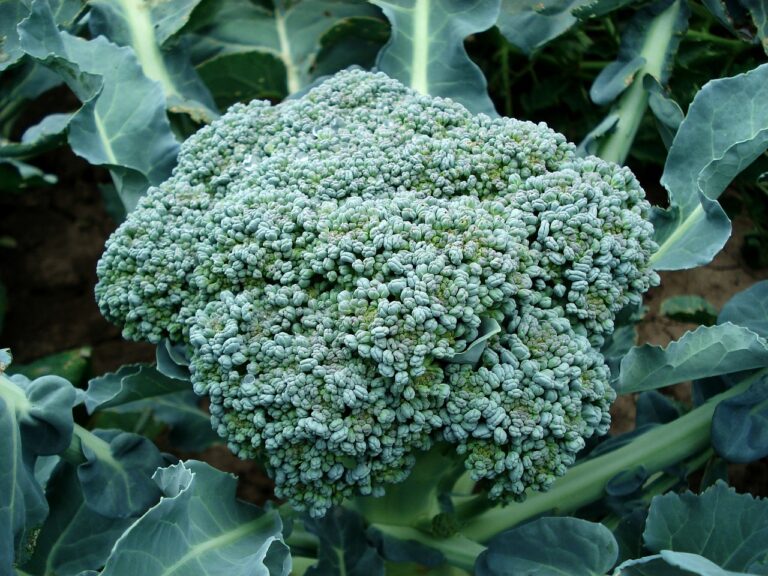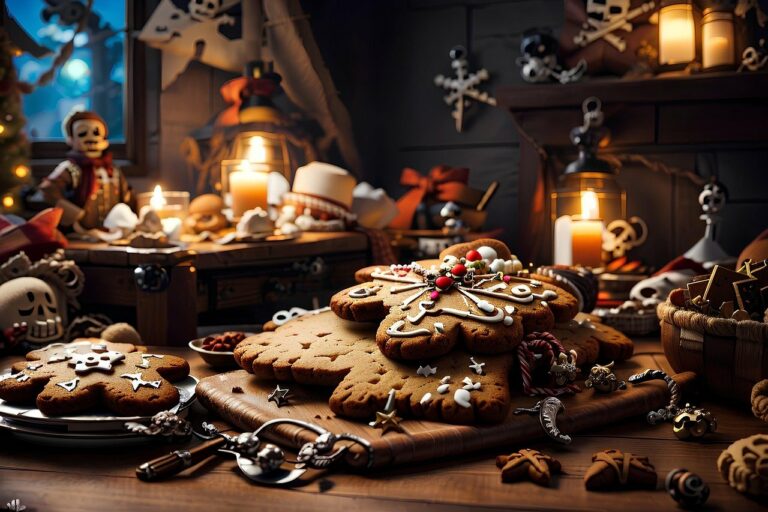The Role of Barrels in Scotch Whisky: Understanding Regional Characteristics
world 777 online id, 11xplay reddy login, betbook 247.com:The Role of Barrels in Scotch Whisky: Understanding Regional Characteristics
When it comes to Scotch whisky, there are many factors that influence its flavor profile, including the type of barrels used for aging. Barrel selection plays a crucial role in determining the final taste and aroma of the whisky, with different regions in Scotland utilizing various types of barrels to impart distinct characteristics.
In this article, we will delve into the significance of barrels in Scotch whisky production and explore how regional differences impact the flavor profile of this beloved spirit.
The Importance of Barrels in Scotch Whisky
Barrels are an essential component of the whisky-making process, as they contribute to both the color and flavor of the final product. When whisky is aged in barrels, it undergoes a process of maturation whereby it interacts with the wood, absorbing compounds that give it a unique taste and aroma.
The type of barrel used for aging whisky can significantly influence its flavor profile. For example, barrels that were previously used to age sherry will impart sweet, fruity notes to the whisky, while barrels that held bourbon will lend vanilla and caramel flavors. Different types of wood, such as oak or chestnut, can also influence the final taste of the whisky.
Regional Characteristics in Scotch Whisky
Scotland is divided into several whisky-producing regions, each of which has its own distinct characteristics when it comes to barrel selection and aging practices. Understanding these regional differences can help whisky enthusiasts appreciate the diversity of flavors that Scotch whisky has to offer.
Highlands
The Highlands region is known for producing a wide variety of whiskies, ranging from light and floral to rich and full-bodied. Distilleries in the Highlands typically use a mix of American oak and European sherry casks for aging, resulting in whiskies with a complex flavor profile that may include notes of heather, honey, and oak.
Speyside
Speyside is renowned for its smooth and elegant whiskies, many of which are aged in barrels that previously held sherry. This aging process imparts a sweet, fruity character to the whisky, with flavors of raisins, figs, and dark chocolate commonly found in Speyside drams.
Islay
Islay whiskies are known for their distinctive peaty and smoky character, which comes from the use of peat-fired kilns to dry the malted barley. Barrels used for aging Islay whiskies may have previously held bourbon or sherry, adding layers of complexity to the bold and robust flavor profile of these drams.
Lowlands
Lowland whiskies are often described as light and delicate, with a focus on floral and grassy notes. Distilleries in the Lowlands typically use barrels that previously held bourbon or rum for aging, resulting in whiskies that are gentle and easy-drinking.
FAQs
Q: Can barrels from different regions be used to age Scotch whisky?
A: Yes, distilleries have the flexibility to use barrels from various regions for aging whisky, depending on the desired flavor profile.
Q: How long does Scotch whisky typically age in barrels?
A: The aging process can vary depending on the distillery and the type of whisky being produced. Scotch whisky is required by law to age for a minimum of three years, but many whiskies are aged for much longer to develop complex flavors.
Q: Do barrels need to be charred before aging whisky?
A: Charred barrels are common in whisky production, as the charring process helps to caramelize sugars in the wood, adding depth and complexity to the final product.
In conclusion, the role of barrels in Scotch whisky production is crucial in shaping the flavor profile of this beloved spirit. By understanding the regional characteristics and barrel selection practices of different whisky-producing regions, whisky enthusiasts can gain a deeper appreciation for the diversity of flavors that Scotch whisky has to offer. Cheers to exploring the world of whisky one dram at a time!







